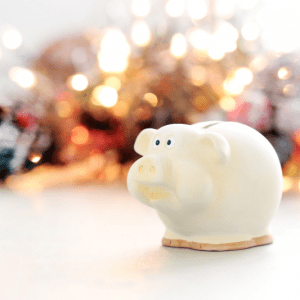One of Australia’s most bearish investment analysts has recently warned that the country’s Baby Boomers, who are rapidly nearing retirement age, risk losing a large chunk of their savings at the hands of a property and share market boom. Robert Montgomery told the Sydney Morning Herald that he forecasts a bubble burst on the share and real estate markets at any point within the coming 6 to 18 months. In early March, the Australian share market closed at the highest level it had seen in seven years: no less than 5958 points. At the time, Montgomery commented that the index was a very short way away from reaching a new all-time high of 6000 index points. That distance will likely be traveled, should the Reserve Bank of Australia announce a new rate cut. That same week, Australia’s central bank announced, to the surprise of many financial industry experts, that it will keep the rates stable for the moment. Add to that the general confusion as to where the Australian dollar will stabliise, and you’re left with a situation in which no one can really tell what the future holds.
How soon will the asset bubble burst?
Montgomery, a leading financial expert in Australia, says that asset bubbles will undoubtedly burst in the near future. Not only is the share index hugely volatile at the moment, but real estate prices all over Australia are following suit, too. In the meantime, the outlook for salary increases is shaky to say the least and unemployment remains on the rise. The risk outlined by Mongtomery seems very real for those Baby Boomers who are investing their retirement nest eggs into the above-mentioned markets. He has warned members of the generation about to retire that their savings plans post-employment are soft enough as it is, owing to past mistakes. Further encouraging this unstable situation for Baby Boomers is the fact that many more of them are now willing to take risks – the type of move they wouldn’t have sprung for in the past. However, since the returns are very low at the moment, risky behavior seems nearly natural for nest egg investors.
Bleak as his predictions may sound, they might be prudent, at the end of the day. According to Montgomery, the best case scenario is that the currently low returns on share and property trading investments will sink even lower in the near future. The worst case scenario, he added, “includes a correction of some description”.
Price deflation looming on the horizon
In spite of the optimists’ best intentions, it seems that these views might hold some truth. His views were shared by Ashley Pittard from PM Capital. The global portfolio manager with the reputed investment fund explained that current share and property prices seem headed toward an extreme. In such a scenario, deflation will follow almost unfailingly. Pittard warned that such a bubble burst stands to cause a lot of damage to Australia’s economy, especially if it hits at a particularly sensitive time. among the factors that might influence a potential crisis he counted the currently unsustainable rate of bank loan growth. On average, this rate has gone up by 10 per cent each year, over the course of the past 15 years. The housing segment of the real estate has followed the exact same upward trend, for nearly the same span of time. As an illustration of this trend, the median house price in Sydney, for the September 2013 quarter stood at AU$765,493. By the end of the 2014 December quarter, this median price had gone up to $872,811.
Given the fact that the Reserve Bank of Australia eventually decided to keep rates at their current level, it remains to be seen whether the risk of a bubble burst remains as impending. Before the RBA’s announcement, share and property demand went up, as investors geared up for an even lower cash rate.

